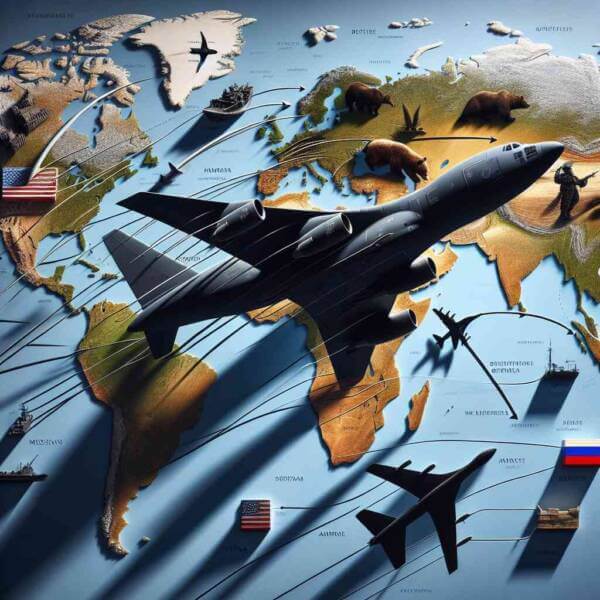
Military aviation is a critical pillar of modern defense strategies around the world.
Nations invest heavily in military aviation to protect national interests.
How Military Aviation Began
As technology advanced, airplanes were adapted for offensive operations, altering battlefield dynamics.
Major milestones in military aviation history include:
- Development of air combat tactics
- Creation of long-range bombers and jets
- Emergence of strategic bombers and nuclear deterrence
- Rise of unmanned aerial vehicles (UAVs)
Each era brought new technologies that expanded aerial warfare.
Types of Military Aircraft
Military aviation includes a variety of aircraft, each designed for specific missions.
Major aircraft classifications:
- Fighter jets
- Bombers
- Transport aircraft
- Reconnaissance and surveillance drones
Each type plays a vital role in military operations, from securing airspace.
Importance of Air Superiority
Controlling the skies protects ground operations.
Strategic advantages click here of air dominance:
- Providing close air support
- Targeting infrastructure and logistics
- Gathering critical intelligence
- Psychological impact on enemy forces
Nations with strong military aviation capabilities can shape outcomes.
Technological Innovations in Military Aviation
Constant research and development open new possibilities for future warfare.
Recent innovations include:
- Low-visibility planes
- Missiles and aircraft traveling at speeds greater than Mach 5
- Artificial intelligence-driven missions
- Laser and electromagnetic systems
These advancements increase survivability for air forces worldwide.
Obstacles Facing the Industry
Despite technological superiority, military aviation faces numerous challenges.
Key challenges include:
- Expensive research and operations
- Short life cycles for cutting-edge aircraft
- Cybersecurity threats
- Questions about accountability and control
Addressing these challenges is necessary for effective defense strategies.
Future of Military Aviation
Nations will continue investing in cutting-edge aerial technology to maintain strategic advantages.
Future trends may include:
- Greater integration of artificial intelligence
- Space as the next battlefield
- Reducing environmental impacts of defense operations
- Collaborations across allied air forces
The next era of military aviation will redefine defense.
Conclusion
Military aviation remains a powerful force in global defense.
As technology continues to evolve, the skies will remain a frontline of innovation where military aviation shapes the world order.
The future of military aviation is more dynamic than ever — and it’s only just beginning.